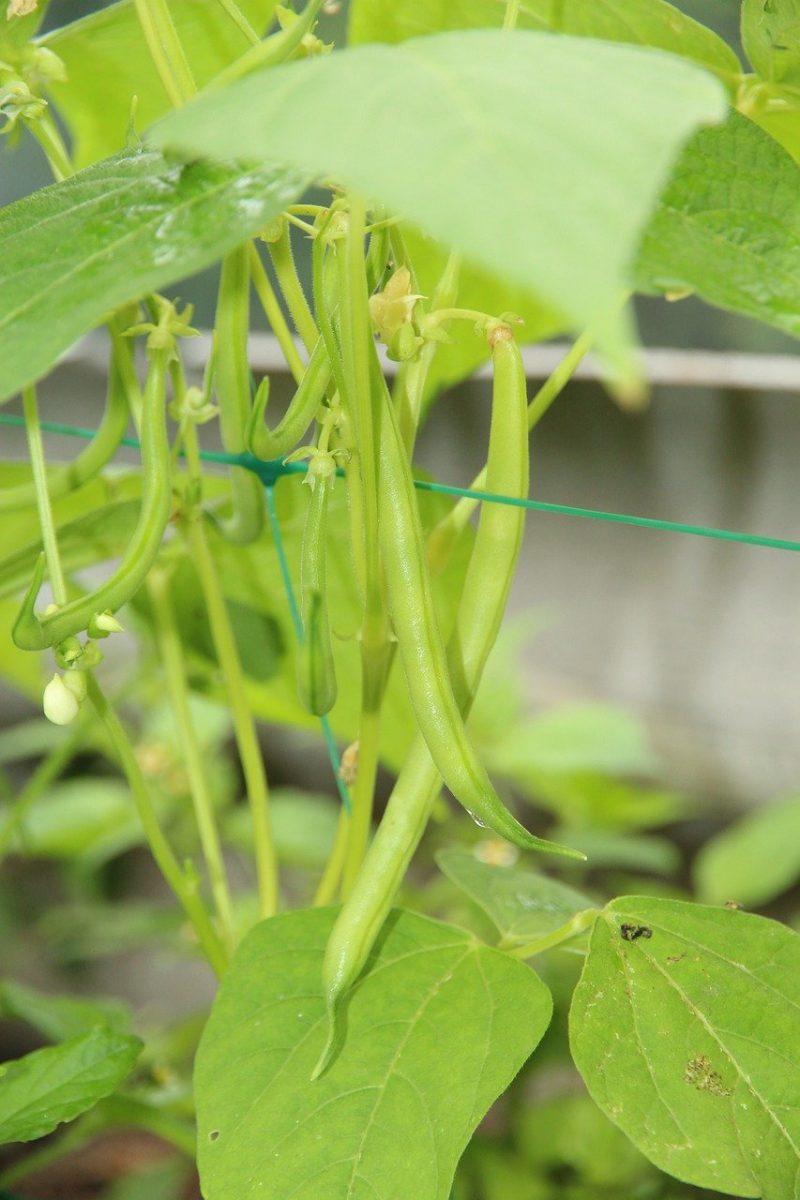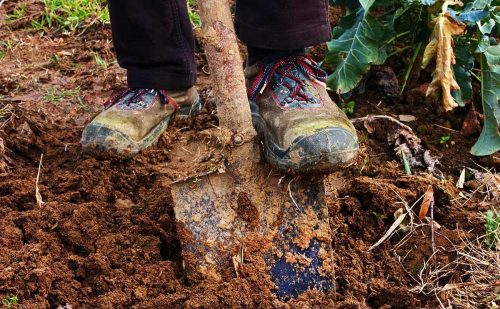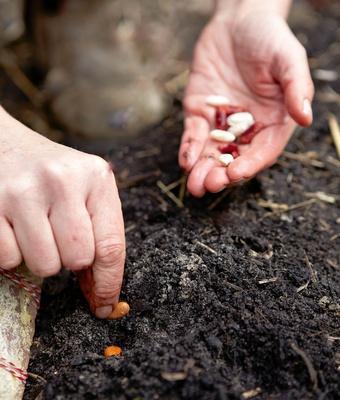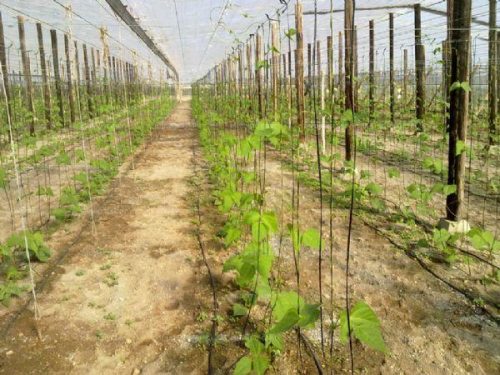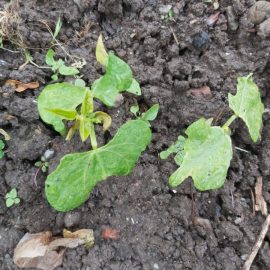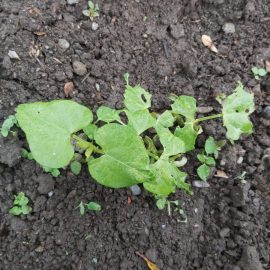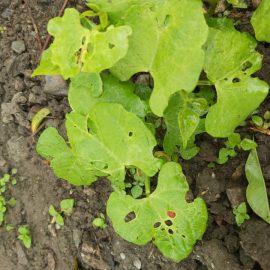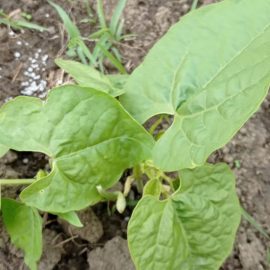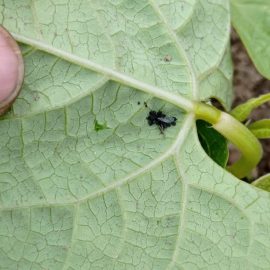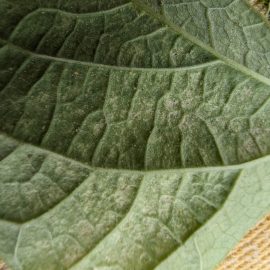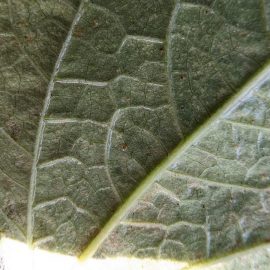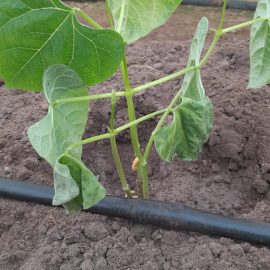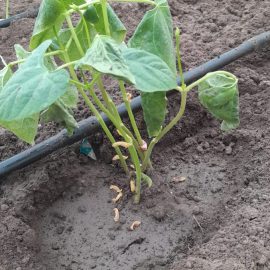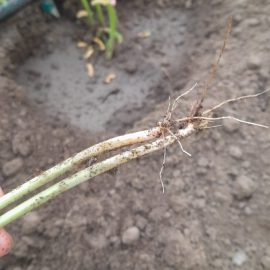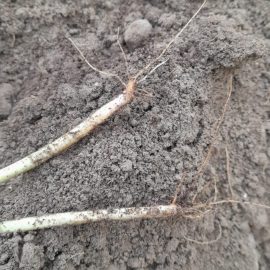Beans, information about crop management
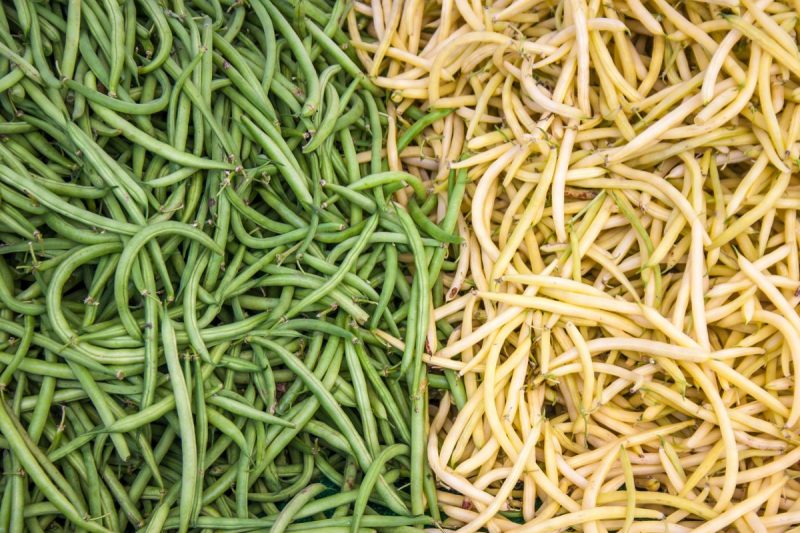
Beans (Phaseolus vulgaris) are grown for young pods and seeds rich in protein, carbohydrates, vitamins, and minerals. The bean plant originated in Central and South America and was brought to Europe by the Portuguese and Spanish in the 16th century.
The plants have a shallow root system that penetrates the soil up to 30-40 cm deep. The roots of bean plants form nodules made up of bacteria of the genus Rhizobium, which can fix atmospheric nitrogen in the soil. The stem is covered with hairs, is branched, and has a variable height. The leaves are composed of three oval leaflets, pointed at the tip. The flowers are clustered in raceme-like inflorescences. Flowering begins 40-70 days after sowing (depending on the variety) and pollination occurs before the flowers open. The fruit is a dehiscent pod, of various colors and shapes. The seeds are characteristically kidney-shaped.
Climate and soil requirements
The minimum germination temperature is 15℃ and the optimum temperature during the growing season is 20-25℃. At temperatures of 10℃, the plants stop growing, and at lower temperatures, the plants can be irreversibly damaged. Beans need high light intensity throughout the growing season for flowering and fruiting, as well as high air and soil humidity. Watering during these phases results in significant yield increases. Prefers deep, humus-rich soils with a neutral or slightly alkaline pH.
Cultivation
Crop rotation
When growing beans, good results are obtained after vegetable crops that have been fertilized with manure. Beans can be grown after tomatoes, peppers, aubergines, celery, lettuce, spinach, green onions, potatoes, or early cabbage. Do not grow after sunflowers, rapeseed, alfalfa, or clover.
Soil preparation
It starts in autumn by applying basic fertilization, followed by tillage. In the spring, before sowing, the soil should be well-leveled and tilled. Before sowing, the soil can be sprayed with a pre-emergent herbicide.
Recommended products
-
You can find products on a different store
Change Store -
You can find products on a different store
Change Store -
You can find products on a different store
Change Store -
You can find products on a different store
Change Store -
You can find products on a different store
Change Store -
You can find products on a different store
Change Store -
You can find products on a different store
Change Store -
You can find products on a different store
Change Store -
You can find products on a different store
Change Store -
You can find products on a different store
Change Store -
You can find products on a different store
Change Store -
You can find products on a different store
Change Store -
You can find products on a different store
Change Store -
You can find products on a different store
Change Store -
You can find products on a different store
Change Store -
You can find products on a different store
Change Store -
You can find products on a different store
Change Store -
You can find products on a different store
Change Store -
You can find products on a different store
Change Store -
You can find products on a different store
Change Store -
You can find products on a different store
Change Store -
You can find products on a different store
Change Store -
You can find products on a different store
Change Store -
You can find products on a different store
Change Store
Culture establishment
Sowing can start when the soil temperature exceeds 10℃ for several days, which corresponds to April-May, depending on the growing area.
Sowing distances for the dwarf bean crop are 40 cm between rows and 5 cm between plants per row. Climbing beans should be sown at 90 cm row spacing and 10-15 cm plant spacing per row or 50 cm nest spacing. The sowing depth is 5-6 cm.
Weed control
Beans are very sensitive to weeds, requiring 3-4 hoeings, depending on the number of weeds. The first hoeing should be carried out immediately after emergence, and the following ones when necessary during the growing season. Weed control can also be carried out chemically with one of the approved herbicides.
Recommended products
-
You can find products on a different store
Change Store -
You can find products on a different store
Change Store -
You can find products on a different store
Change Store -
You can find products on a different store
Change Store -
You can find products on a different store
Change Store -
You can find products on a different store
Change Store -
You can find products on a different store
Change Store -
You can find products on a different store
Change Store -
You can find products on a different store
Change Store -
You can find products on a different store
Change Store -
You can find products on a different store
Change Store -
You can find products on a different store
Change Store -
You can find products on a different store
Change Store -
You can find products on a different store
Change Store -
You can find products on a different store
Change Store -
You can find products on a different store
Change Store -
You can find products on a different store
Change Store -
You can find products on a different store
Change Store -
You can find products on a different store
Change Store -
You can find products on a different store
Change Store -
You can find products on a different store
Change Store -
You can find products on a different store
Change Store -
You can find products on a different store
Change Store -
You can find products on a different store
Change Store
Pests and disease control
It is done by applying treatments with approved fungicides or insecticides. To avoid the appearance of diseases or pests resistant to pesticides, it is recommended to alternate products.
Plant thinning
It is carried out if necessary to ensure the necessary distance between plants.
Irrigation
It is an important step for obtaining high yields. Irrigation is carried out both during the growing period and during the flowering and beans growing phase. It is recommended to use drip irrigation systems and to administer water in the morning, whenever needed, depending on the environmental conditions. Sprinkler irrigation is less recommended because it creates conditions favorable to diseases, but it can be used on dwarf bean crops.
Fertilization
Until flowering, the plants can be fertilized by drip irrigation, using NPK fertilizers soluble in water, applied weekly in small doses.
Foliar fertilization can be carried out with foliar fertilizers, depending on the needs of the plant and environmental conditions.
Recommended products
-
You can find products on a different store
Change Store -
You can find products on a different store
Change Store -
You can find products on a different store
Change Store -
You can find products on a different store
Change Store -
You can find products on a different store
Change Store -
You can find products on a different store
Change Store -
You can find products on a different store
Change Store -
You can find products on a different store
Change Store -
You can find products on a different store
Change Store -
You can find products on a different store
Change Store -
You can find products on a different store
Change Store -
You can find products on a different store
Change Store -
You can find products on a different store
Change Store -
You can find products on a different store
Change Store -
You can find products on a different store
Change Store -
You can find products on a different store
Change Store -
You can find products on a different store
Change Store -
You can find products on a different store
Change Store -
You can find products on a different store
Change Store -
You can find products on a different store
Change Store -
You can find products on a different store
Change Store -
You can find products on a different store
Change Store -
You can find products on a different store
Change Store -
You can find products on a different store
Change Store
During the flowering and pods’ growth, it can be applied fertilizers with a high content of calcium and boron.
Recommended products
-
You can find products on a different store
Change Store -
You can find products on a different store
Change Store -
You can find products on a different store
Change Store -
You can find products on a different store
Change Store -
You can find products on a different store
Change Store -
You can find products on a different store
Change Store -
You can find products on a different store
Change Store -
You can find products on a different store
Change Store -
You can find products on a different store
Change Store -
You can find products on a different store
Change Store -
You can find products on a different store
Change Store -
You can find products on a different store
Change Store -
You can find products on a different store
Change Store -
You can find products on a different store
Change Store -
You can find products on a different store
Change Store -
You can find products on a different store
Change Store -
You can find products on a different store
Change Store -
You can find products on a different store
Change Store -
You can find products on a different store
Change Store -
You can find products on a different store
Change Store -
You can find products on a different store
Change Store -
You can find products on a different store
Change Store -
You can find products on a different store
Change Store -
You can find products on a different store
Change Store
Mulching can be done to maintain soil moisture, fight weeds, and achieve higher root temperatures, especially in early crops. Special mulches or different organic materials can be used.
Climbing beans require extra support, for small areas, you can use trellis and wire systems.
Harvesting
Green pods must be harvested in stages, every 2-3 days, as they reach their optimum size. This operation is performed in the morning or in the evening, to prevent dehydration. The beans should be harvested when all parts of the plant have dried, by hand, or mechanized. Manual harvesting can be done early in the morning, on the dew, so that the dry pods do not fall apart.














































































































































































































































































































































































































































